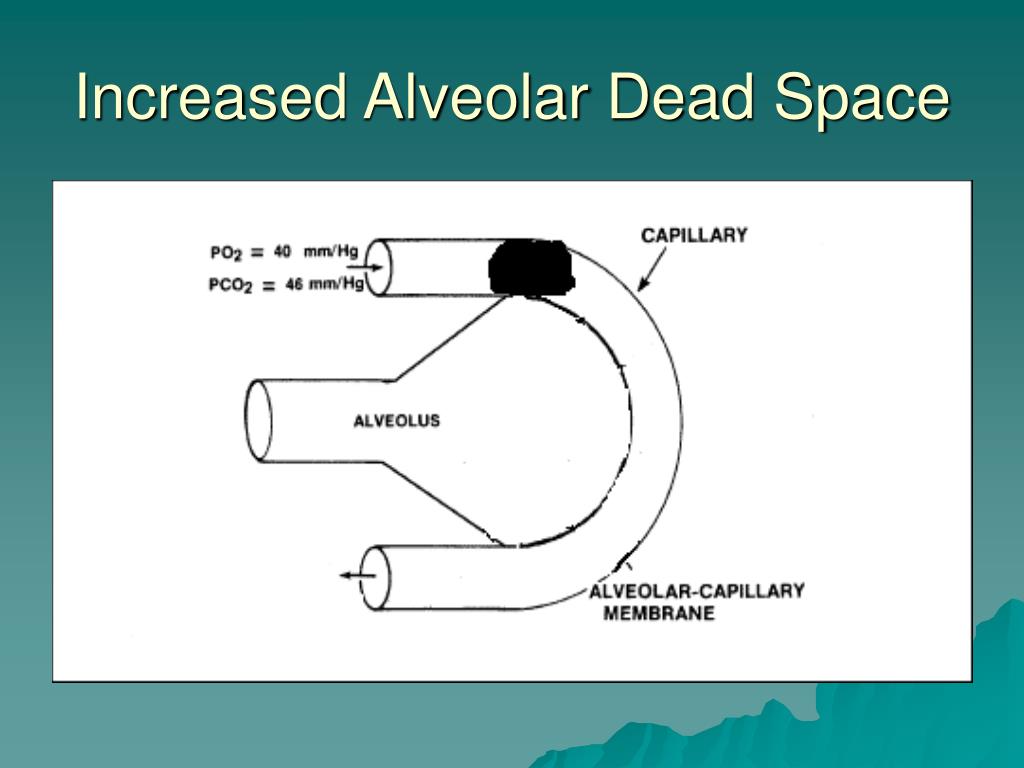
This includes volume in upper and lower respiratory tract up to and including the terminal bronchioles.Īlveolar (distributive) dead space is the volume of air that reaches alveoli but never participates in respiration. Volume of air in lungs after maximum inspirationĪnatomical (serial) dead space is the volume of air that never reaches alveoli and therefore never participates in respiration. Tidal volume + inspiratory reserve volumeĮxpiratory reserve volume + residual volumeĪffected by height, gender, posture, changes in lung compliance. Volume breathed in from quiet expiration to maximum inspiration Requires adequate compliance, muscle strength and low airway resistance Inspiratory reserve volume + tidal volume + expiratory reserve volume maximum inspiration to maximum expiration) Volume that can be exhaled after maximum inspiration (ie. These are fixed as they do not change with the pattern of breathing. These are composed of 2 or more lung volumes. Volume remaining after maximum expiration



Reduced in pregnancy, obesity, severe obstruction or proximal (of trachea/bronchi obstruction) Relies on muscle strength and low airway resistance Relies on muscle strength, lung compliance (elastic recoil) and a normal starting point (end of tidal volume)Įxtra volume that can be expired below tidal volume, from normal quiet expiration to maximum expiration shallow breaths vs deep breathsĮxtra volume that can be inspired above tidal volume, from normal quiet inspiration to maximum inspiration Volume that enters and leaves with each breath, from normal quiet inspiration to normal quiet expirationĬhanges with pattern of breathing e.g.


 0 kommentar(er)
0 kommentar(er)
